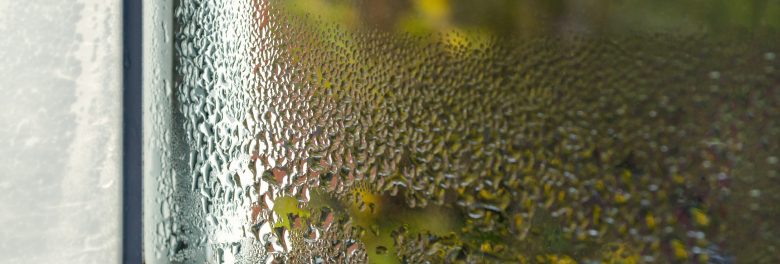
Housing associations are being held accountable through fines for mould growth in existing housing stock. It is a legal requirement that landlords must adequately address any underlying causes of mould growth, or health hazard within a specified time. It is important to note the severity of the negative health impacts around this area. This includes respiratory diseases, allergies and weakened immune system.
Measures to prevent such conditions from developing must be acted upon before the appearance of mould. The following steps to mitigate mould should be undertaken:
- Test: This involves collecting air samples and analysing them for present mould spores. Conducting these tests provide an insight into the remediation measures required.
- Assess:
- Carrying out assessment of moisture sources (e.g., leaks, water damage, high humidity, and inadequate ventilation).
- Building materials have a huge impact on the development of mould. Some materials are more porous than others, therefore are more susceptible to mould growth.
- Identification of cold spots highlights areas where mould growth may be likely to occur. This can be assessed with a thermal imaging survey, where localised cold spots can be detected.
- The ventilation strategy should be assessed ensuring there is adequate air exchange (through windows, fans, and air tightness).
- Improve: Based on the analysis of the results, a conclusion can be drawn. Recommendations can then be made on the improvements required.
- Monitor: Post evaluation monitoring would be recommended to ensure remediation is successful. This could be through relative humidity monitoring and professional mould inspections.
It is important to realise that mould growth evaluation is a complex process where specialist equipment and expertise is required. The above steps are challenging to achieve and requires a methodical approach.
Posted on April 27th, 2023
Author: Sachin Varshani
Related services: Thermal Bridging Analysis, Thermal Modelling, Climate Change Adaption, Condensation & Moisture Management, Indoor Environmental Quality Evaluation,